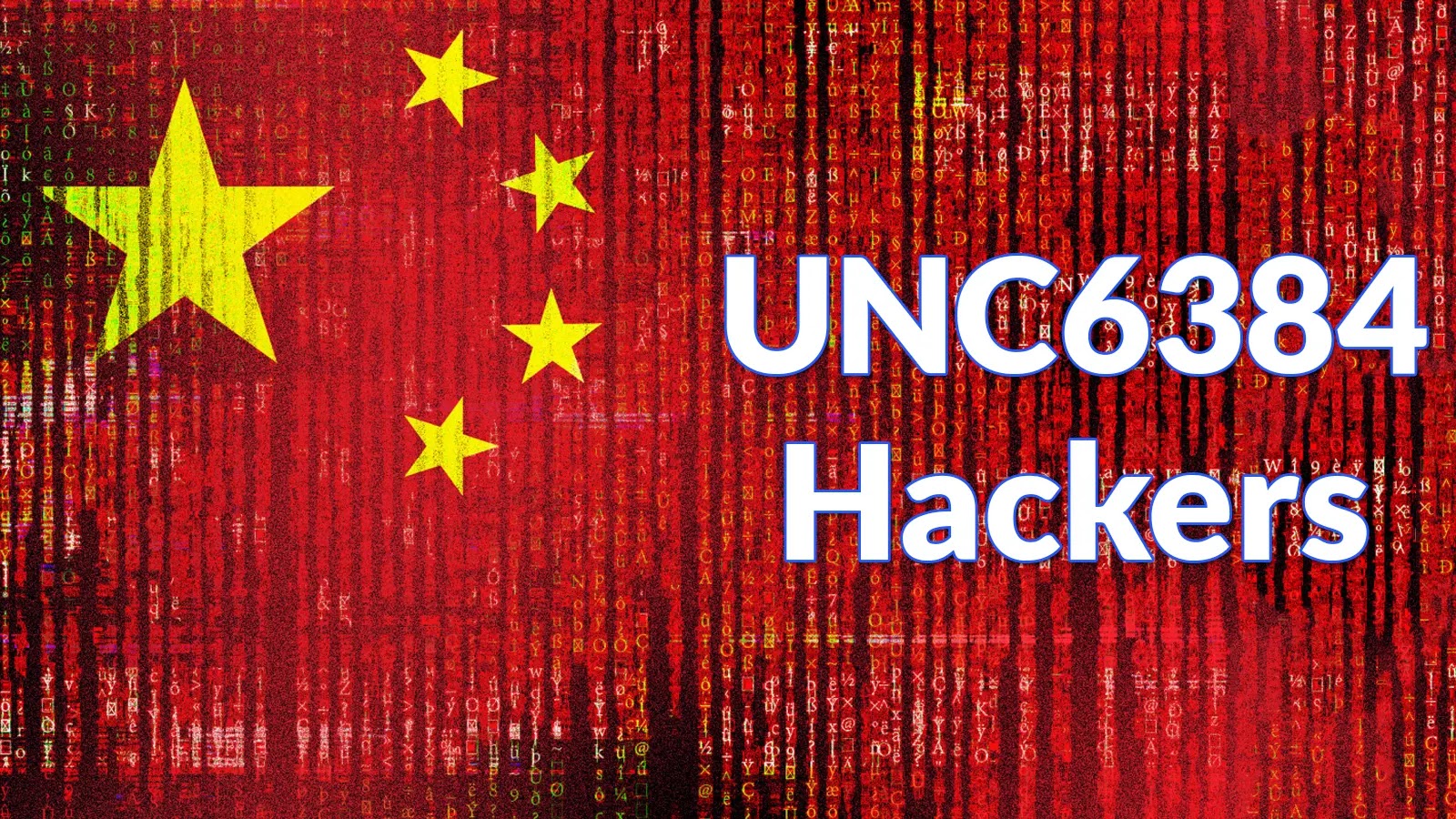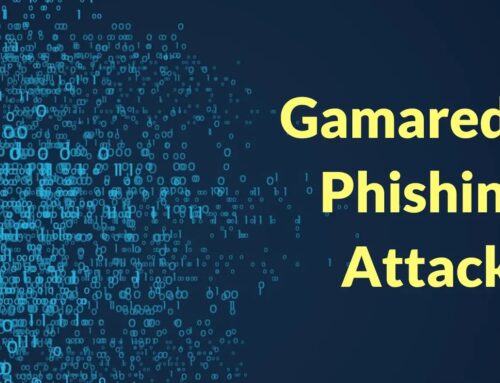
Chinese UNC6384 Hackers Leverages Valid Code Signing Certificates to Evade Detection
Stealthy Espionage: UNC6384 Leverages Valid Code Signing Certificates for Covert Operations
In the evolving landscape of cyber warfare, advanced persistent threats (APTs) continually refine their tactics to evade increasingly sophisticated defenses. A concerning development in early 2025 unveiled such a campaign, attributed to the Chinese state-sponsored group UNC6384. This operation specifically targeted diplomatic and government entities across Southeast Asia and beyond, showcasing a disturbing reliance on valid code signing certificates to lend an air of legitimacy to their malicious payloads. This strategy significantly complicates detection and highlights a critical blind spot for many organizations.
The Deceptive Lure: Compromising Legitimate Software Updates
The core of UNC6384’s infiltration strategy revolved around a downloader dubbed STATICPLUGIN. This malicious component was meticulously crafted to appear as a legitimate Adobe plugin update. The initial vector for compromise involved a technique known as captive portal hijacking. Victims browsing the internet, particularly in public or less secure network environments, were redirected through a compromised Wi-Fi captive portal to malicious domains. Once redirected, an HTTPS-secured landing page, designed to mimic official Adobe update prompts, would appear, prompting users to “update” their plugins.
- Initial Access: Captive portal hijacking leading to malicious domain redirection.
- Social Engineering: Mimicry of legitimate Adobe plugin update prompts.
- Payload Delivery: Distribution of STATICPLUGIN disguised as a benign update.
The Power of Trust: Valid Code Signing Certificates
A disturbing aspect of the UNC6384 campaign is its leverage of valid code signing certificates. These certificates, issued by trusted Certificate Authorities (CAs), are typically used to verify the authenticity and integrity of software. By signing their malicious STATICPLUGIN with such certificates, UNC6384 significantly enhances their ability to bypass traditional security controls, including whitelisting solutions and antimalware programs that primarily rely on signature-based detection or reputation checks. This technique exploits the inherent trust placed in signed software, making it exceptionally difficult for security teams to differentiate legitimate applications from malicious ones.
This tactic bypasses common security assumptions:
- Antivirus Evasion: Many antivirus solutions may not flag legitimately signed executables as malicious, even if their behavior is suspicious.
- Application Whitelisting Circumvention: Organizations relying on application whitelisting, which permits only approved, signed applications to run, are vulnerable if the signing certificate is legitimate.
- Forensic Challenges: Differentiating between legitimate software issues and malicious activity becomes more complex when artifacts are signed.
Implications for Southeast Asia and Beyond
The targeting of diplomatic and government entities in Southeast Asia underscores the strategic importance of the region to state-sponsored actors. The information gathered through such espionage campaigns can provide significant geopolitical advantages, impacting international relations, economic stability, and national security. The use of highly stealthy techniques like valid code signing certificate abuse indicates a sophisticated and determined adversary, requiring a fundamental shift in defensive strategies by targeted organizations globally.
Remediation Actions and Proactive Defenses
Addressing the threat posed by UNC6384 and similar sophisticated actors requires a multi-layered approach that moves beyond traditional signature-based detection. Organizations must focus on behavioral analysis, network anomaly detection, and robust identity and access management (IAM) strategies.
- Enhanced Endpoint Detection and Response (EDR): Implement EDR solutions capable of monitoring process behavior, file modifications, and network connections for anomalous activities, even from signed executables.
- Network Traffic Analysis (NTA): Deploy NTA tools to detect unusual outbound connections, command-and-control (C2) communications, or data exfiltration attempts, regardless of initial infection vector.
- Regular Software and OS Patching: Ensure all systems and applications are consistently updated to mitigate known vulnerabilities that could be exploited for initial access or privilege escalation.
- For example, regularly check for and apply patches for vulnerabilities like CVE-2023-34040 (VMware Aria Operations for Networks authentication bypass vulnerability) or CVE-2023-20021 (Cisco ASA/FTD OS command injection vulnerability), which could be leveraged by attackers.
- User Awareness Training: Educate users about social engineering tactics, especially those involving fake updates or unexpected redirects. Emphasize verifying download sources.
- Strict Application Control: While challenging with signed malware, combine application whitelisting with granular behavioral rules and threat intelligence feeds to identify suspicious legitimate-looking processes.
- Certificate Trust Management: Implement policies to monitor, audit, and potentially revoke trust in suspicious or compromised code signing certificates. Conduct regular audits of certificates used within the organization.
- Zero Trust Architecture: Adopt a Zero Trust security model, where no user, device, or application is inherently trusted, regardless of their location, and access is granted on a least-privilege basis.
Relevant Tools for Detection and Mitigation
| Tool Name | Purpose | Link |
|---|---|---|
| Osquery | Endpoint visibility and behavioral monitoring for suspicious processes and file activity. | osquery.io |
| Zeek (Bro IDS) | Network security monitoring, behavioral analysis, and anomaly detection. | zeek.org |
| YARA Rules | Pattern matching for identifying malware families and specific attack components based on signatures and behavioral patterns. | virustotal.github.io/yara |
| Microsoft Defender for Endpoint | Comprehensive EDR capabilities, including behavioral detection and AI-driven anomaly identification. | microsoft.com/defender |
Conclusion
The UNC6384 campaign underscores the persistent challenge of state-sponsored cyber espionage and the evolving sophistication of APT groups. Their ability to leverage valid code signing certificates signifies a critical shift in evasion tactics, demanding a proactive and adaptive defense strategy from targeted organizations. By focusing on behavioral analysis, robust network security, comprehensive patching, and continuous user education, organizations can bolster their resilience against these advanced threats and mitigate the risks posed by seemingly legitimate, yet deeply malicious, operations.





